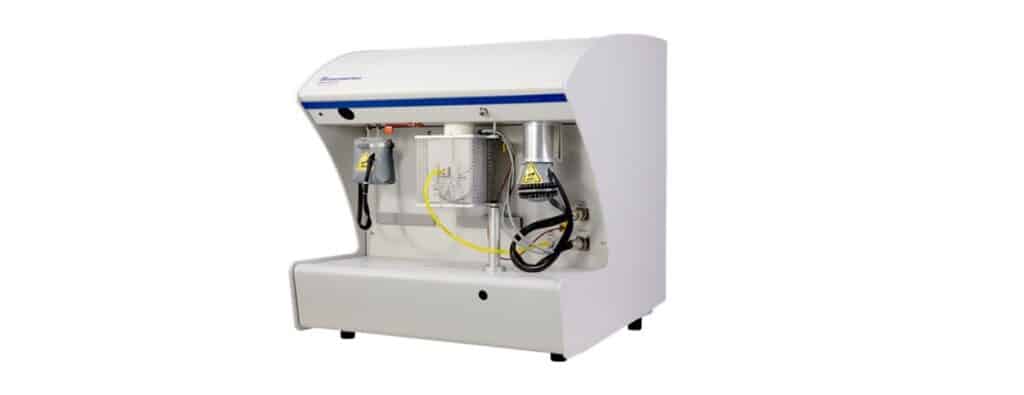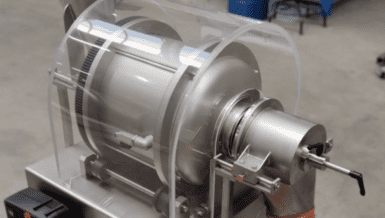The AutoChem III enables this work through major improvements in laboratory productivity and measurement sensitivity.
New patented and proprietary technologies combine to save users hours per day in catalyst characterization. AutoCool is a new integrated air-cooling system that reduces experiment time by 30 minutes or more without the use of cryogenic liquids or external cooling media. The unique AutoTrap provides moisture removal for temperature-programmed reduction (TPR) experiments without the labor-intensive process of slush bath preparation, which is required for other devices. The patented KwikConnect sample tube retention system provides worry-free sample sealing with half as many separate pieces as alternative designs and no threaded fittings.
Micromeritics Vice President of Science, Dr. Jeffrey Kenvin said, “the AutoChem has long been recognized for its sensitivity and accuracy, which is why it is the most cited chemisorption system in the world. Our engineers knew it was critical for us to exceed even that performance, and we were able to do so through ground-breaking innovations”. The new instrument includes enhanced system temperature control, a redesigned gas flow path that eliminates dead volume to minimizes signal tailing, and a new improved thermal conductivity detector (TCD). Chemists and engineers will benefit from the widest available temperature range, from -100°C to 1200°C, sharper peak resolution, and a sensitivity improvement of more than 100%. This results in greater accuracy and confidence in catalyst characteristics like site coverage and activation energy.
Design innovations also deliver lab safety enhancements. Eliminating the labor-intensive slush bath preparation for TPR experiments removes a manual process of vigorously mixing boiling liquid nitrogen and alcohol in a glass vacuum flask required by other designs. Rapid system cooling with AutoCool and simplified KwikConnect sample attachment makes the system cool to touch and simple to operate. Micromeritics’ commitment to safety is backed by extensive third-party testing for compliance to laboratory equipment standards and global guidelines for product quality and compliance.
Collectively, these speed, sensitivity, and safety innovations will benefit scientists who develop and optimize catalysts in fields like carbon capture and conversion, the hydrogen economy, or chemical synthesis.





































